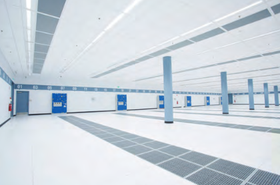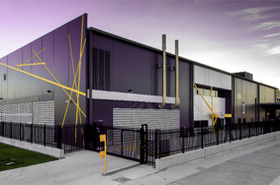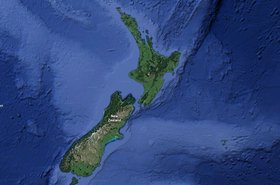The Australian supercomputer Taingiwilta is set to come online later this year, but we don't know what will be in it.
Australia's Defence Science Technology Group declined to comment on the system’s specifications.
According to a report by The Register, when the director of supercomputing strategic engagement Kristina Johnson was asked by the publication for technical details, she was unable to respond.
Before her speech at the Supercomputing Asia 2024 conference in Sydney this week, Johnson said that her presentation slides had been vetted and proceeded to describe the supercomputer as “classified.”
However, she did say the machine would run software written by the US Department of Defense's Computational Research and Engineering Acquisition Tools and Environments (CREATE) program and would be used for computational fluid dynamics.
When the Australian Defence Department first unveiled the system in August 2022, acting Prime Minister and Minister for Defence Richard Marles also declined to share the system's specifications but said Taingiwilta ranks in the top 50 systems in the world, suggesting performance capabilities of at least 10 petaflops compared to the current Top500 list.
Taingiwilta means 'powerful' in the language of the Kaurna people and the system is housed in a purpose-built secure facility called Mukarntu, meaning 'computer.'
During an earlier session at the conference, the Australian Academy of Science’s president, professor Chennupati Jagadish, spoke about a brief the Academy had recently published stating that Australia’s lack of HPC strategy risks the country’s future prosperity and security.
The document, titled “The future computing needs of the Australian science sector,” says that while the country currently has moderate high-performance computing and data (HPCD) capability, existing facilities require frequent major upgrades and have a limited overall lifecycle, with Australia’s current crop of supercomputers set to be obsolete by the end of the decade.







